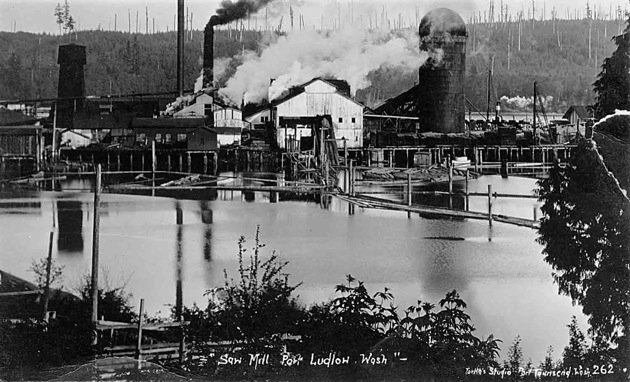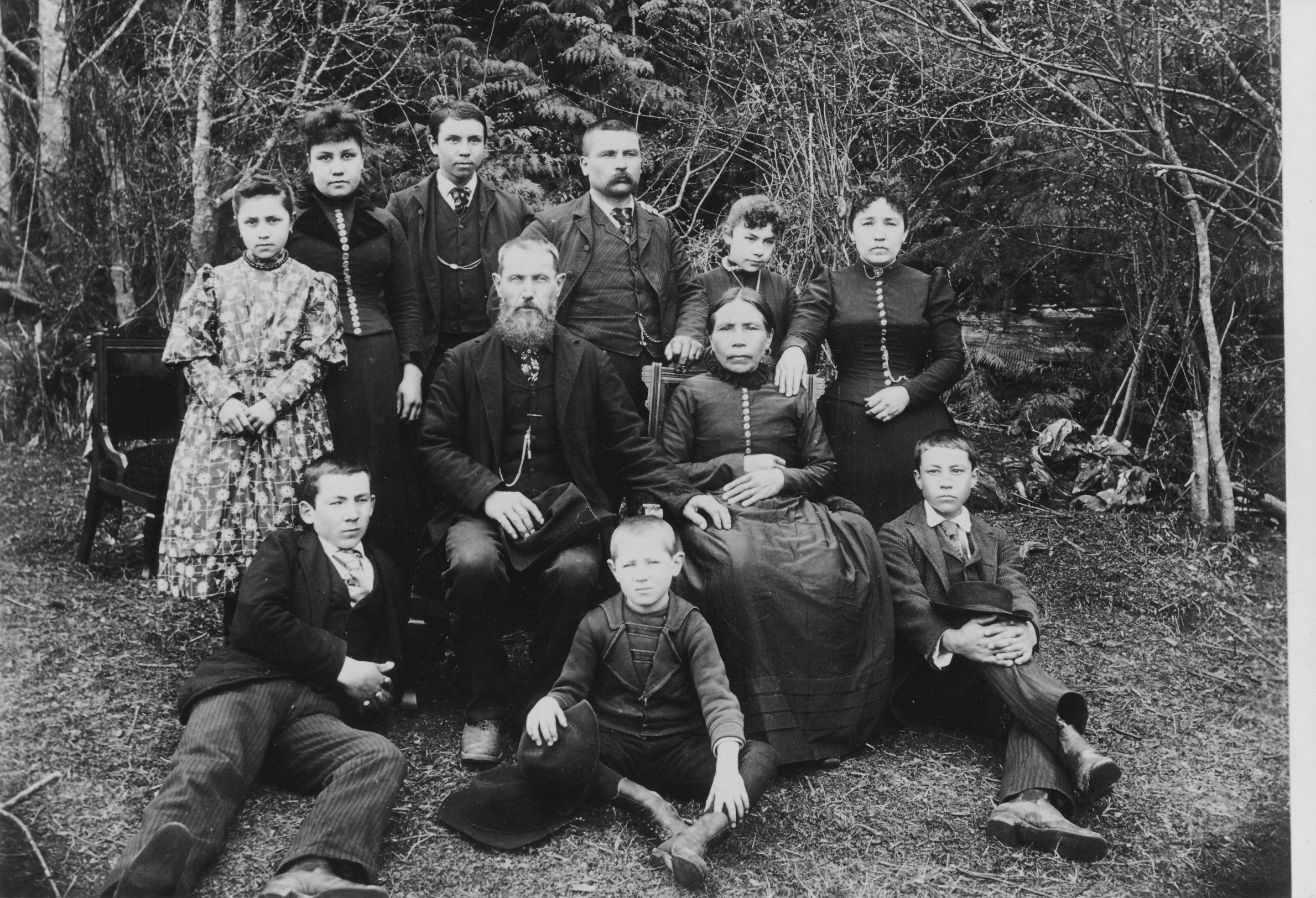
The Industrial Boom:
1850 - 1900
In 1852, Sayward and Thorndyke embarked on a groundbreaking endeavor, constructing the first steam-driven sawmill and establishing the first mill town on Puget Sound. Port Ludlow, at its inception, stood as the foremost white settlement on Puget Sound and briefly claimed the title of the largest settlement in Washington Territory.
In 1858, the firm of Amos and Phinney from San Francisco assumed control of the Port Ludlow mill. However, the firm encountered financial difficulties and failed in 1866. Despite this setback, Phinney, upon learning of the failure, negotiated with the creditors, leading to the resumption of operations under the name Port Ludlow Mill Co., with Arthur Phinney as the manager.
Phinney acquired full ownership of the mill in 1876 but passed away a year later. Following his death, the mill continued to operate until 1878 when estate issues forced its closure. Subsequently, the property was sold to the Puget Mill Co. in November 1878 for $64,850, heralding a new chapter in Port Ludlow's industrial saga.
By 1885, Port Ludlow had burgeoned into a bustling town with a population estimated between 300 to 350 residents. The town boasted essential amenities such as a mill store, post office, telegraph office, express office, public school, and the Phoenix Hotel, owned and operated by R.D. Attridge. These establishments, along with the town's strategic location and daily mail service by steamers, provided residents with the comforts of civilization.
The town of Port Ludlow was primarily owned by the Puget Mill Co., with houses constructed for its employees. These homes became the focal point of social life, hosting parties and gatherings. Residents engaged in various activities, including card games like hearts, whist, or 500, and participated in Shakespeare Clubs. Shopping trips to Victoria for gowns and other goods were common, reflecting the town's connection to broader markets.
The 1880s witnessed a flourishing lumber industry in Port Ludlow, supported by excellent shipbuilding facilities. The Hall Brothers constructed approximately thirty-one vessels in the town, including schooners and barkentines, many of which were commissioned by the Puget Mill Co.
In 1887, Cyrus Walker built Admiralty Hall, a grand mansion characterized by its ship-style front doors and luxurious interior. The mansion boasted hand-made furniture from Maine, including a remarkable sideboard from Dresden, Germany, now on display in the Port Gamble Historic Museum.
The depression of 1890 led to the mill's temporary closure, with operations redirected to Port Gamble. However, the Klondike gold rush in 1897 spurred a resurgence, prompting the mill to resume operations. By 1905, the mill, operating at sixty percent of Port Gamble's capacity, was shut down for modernization.

RELATED HISTORY SPOTLIGHTS




